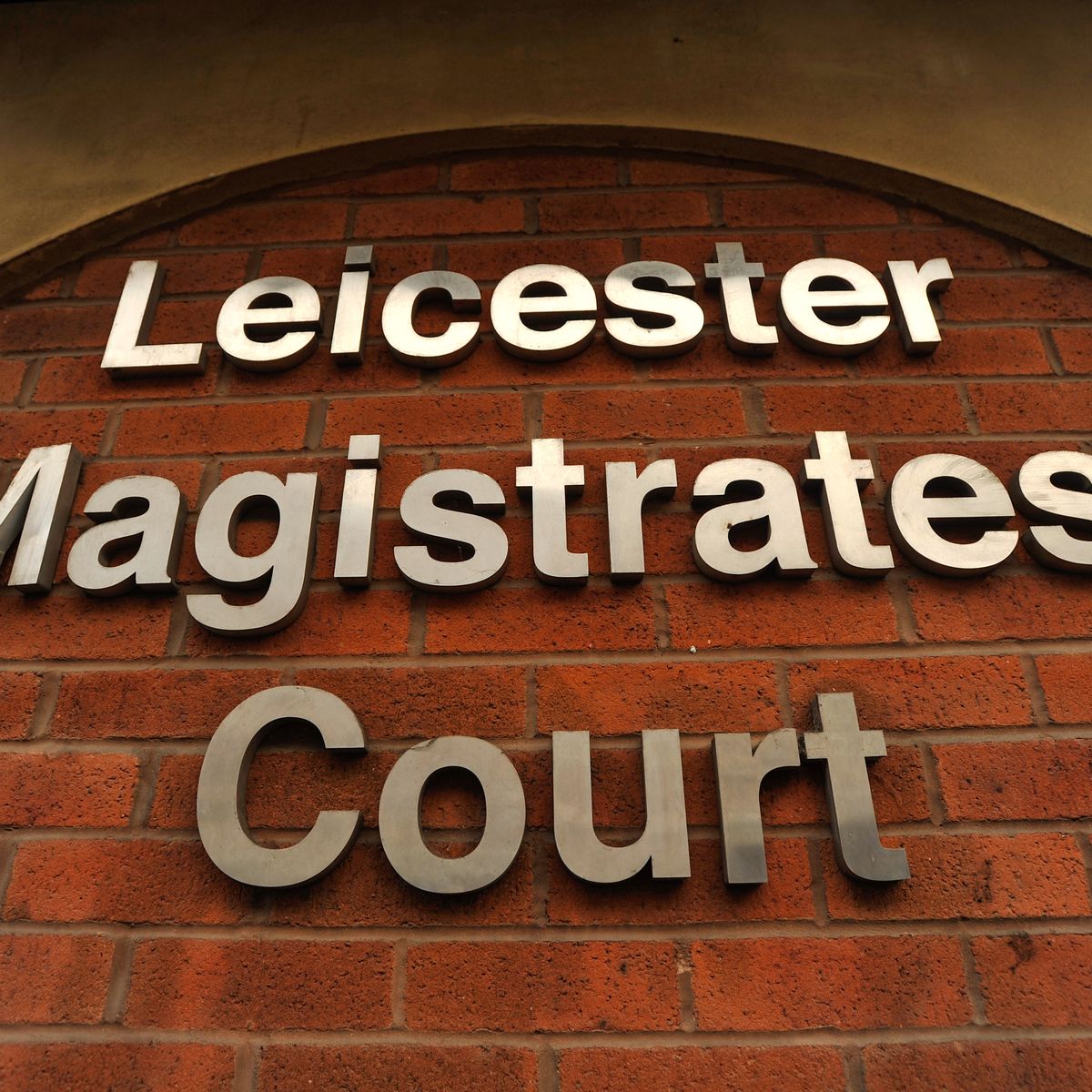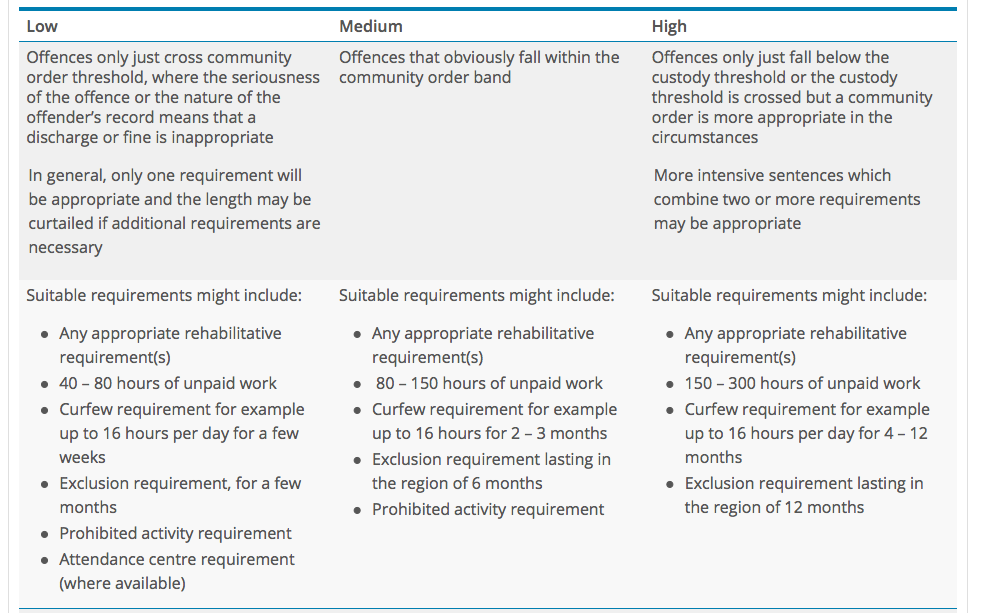1. The Angiolini Report on how Wayne Couzens became – and remained – a police officer, despite numerous reports of criminal behaviour & other red flags, has been published – https://iipcv-prod.s3.eu-west-2.amazonaws.com/E02740018_Angiolini-Inquiry.pdf
There is much of interest in its 316 pages, not least the following: Couzens had a long history of sexual offending, “a predilection for extreme pornography and a vile sexualised expression of his sense of humour”. Despite this and many opportunities to investigate him, no action was taken and the Metropolitan Police admitted in 2022 that faced with a similar candidate they would have made the same hiring decision.
The Foreword states: “…wider debates have raged about public trust and confidence in the police and women’s safety in public places. Neither of these problems have been resolved. In fact, public trust and confidence in policing has deteriorated further. It also remains the case that women in public spaces are at risk from those men who choose to predate upon them.” (emphasis added)
The Report hopes that those in authority in all police forces (not just the Met) will read the Report.
2. The issues around the hiring and vetting of police officers do not just relate to exceptionally awful cases such as David Carrick and Wayne Couzens. See, for instance, Jeff Mitchell: a police officer convicted of kidnap, 10 counts of rape and 3 counts of rape of a child under 13 – https://www.hamhigh.co.uk/news/24134622.met-police-officer-convicted-kidnap-rape-rape-child/. Like Couzens there was an earlier opportunity to catch him, which was missed. These are not isolated rare cases. Nor are they limited to the Met.
3. The Angiolini Report comes 11 months after the Casey Report into the Met, also commissioned after the Everard murder. It found that the Met had failed and was failing women, among many other serious criticisms. One will suffice: “The Met’s VAWG strategy rings hollow since its claim to be prioritising ‘serious violence’ has really not included the crimes that most affect women and girls. In practice, this has meant it has not been taken as seriously in terms of resourcing and prioritisation.”
4. Earlier last month there was the HMIC Report on the Met’s handling of child sexual exploitation, described as ineffective and leaving children – overwhelmingly girls – vulnerable to sexual exploitation. This was not the first such report. In 2016 there had been a report on the same topic, described as “the most severely critical that HMIC has published about any force, on any subject, ever.” Despite that, in 2023 Casey described its handling of such cases as having “major inadequacies”. The position has not improved a year later. https://hmicfrs.justiceinspectorates.gov.uk/news/news-feed/metropolitan-police-leaving-vulnerable-children-at-risk-of-exploitation/.
5. Yesterday in Parliament the debate for International Women’s Day was brought forward because of next week’s Budget. Jess Phillips MP read out the names of the 98 women murdered in the UK by a man in 2023. Their names are collected by the Femicide Census: on average since the end of 2009, 140 women have been killed by men every year. That’s an average of two women dead at the hands of a man, every 5 days. Most occur in a domestic setting.
So it’s not just “public spaces” then.
6. Staffordshire Police have done some “hate crime” training in which they were told that “Women who take measures to protect themselves against unfamiliar men are subject to flawed unconscious bias and, therefore, similar to racists.”
Memo to Staffs Police: please read the Angiolini Report. Teaching the police this puts women and girls at risk and puts the police on the side of those who “choose to predate on them.”
7. The Angiolini Report makes a number of recommendations, some of them relating to how non-contact sexual offences, such as indecent exposure, should be taken seriously by the police and the criminal justice system. It says that: “Ministers should launch a public campaign to raise awareness about the criminality of any type of indecent exposure.”
8. Diana Johnson MP raised in Parliament yesterday the case of her constituent, Libby Squire, murdered by a man with a history of such offending. She was interviewed by the Today programme last March (after Couzens was convicted on three counts of indecent exposure), as was Wera Hobhouse MP, who had successfully piloted through Parliament a Bill banning upskirting. 3 women who had been the victims of indecent exposure were also interviewed. (1)
The three women all said their priority was to get away to somewhere safe. This is not an option available to women in prisons housing male prisoners claiming a female gender, something the Scottish Prison Service might like to consider as it implements a policy which allows men identifying as women to be housed in female only jails in certain circumstances. Will it take the Angiolini Report into account in making its decisions?
9. In that interview Diana Johnson said “the male body can be used to intimidate, as an act of violence against women and girls”. Wera Hobhouse wanted a complete culture change: “The traumatising effect that any of these offences have on women has been completely underestimated…. It’s a proper offence. It leads to ultimately the feeling in women that they’re very vulnerable, that they’re not being listened to,… that what they feel is a proper attack on them, their freedom, their liberty, their way of life is not seen as such.”
Dare one hope that there might be some joined up thinking – not just by Ministers or the police or MPs but by all organisations – about the consequences of policies or actions enabling men to have access to women’s spaces?
10. Abuse of women MPs has become worse and is driving women away from Parliament. https://www.thetimes.co.uk/article/misogyny-in-westminster-is-driving-women-out-of-politics-mps-warn-q0wf9b96q
“The irony is that the more women you get, the more it triggers some men who whilst they can blot out of their ears a couple of women, somehow it feels like an assault on them to actually have to listen to a number of women in authority talking confidently, and they then do a backlash. So really it’s part of fighting back against the backlash that comes when you make progress …”
Not just In Westminster.
11. Last month we also learnt why it had taken the Scottish authorities so long to arrest Iain Packer, the murderer of Emma Caldwell. They had ignored numerous reports made by other women who had been subjected to attacks by him.
It’s not just women MPs who are not listened to.
12. Thames Valley Police say that the law requires them to record the crimes committed by Scarlet Blake, a man who claims to have a female gender but who does not have a GRC – the murder of a man and the killing and dissection of a cat – as crimes committed by a woman. Scarlet Blake has been detained in a man’s prison. The Thames Valley Police Commissioner has cited Annex L to Code C of the Police and Criminal Evidence Act 1984 as requiring this. But this Annex is headed “Establishing gender of persons for the purpose of searching and certain other procedures”. It does not require what the police say it requires. In law Scarlet Blake is a man. See here for a helpful analysis of the effect of incorrect recording of the offenders’ sex on crime statistics.
13. In the by-election in Rochdale (a town usually in the news either for grooming gangs or because of the personal misconduct of its MPs), the winner is George Galloway, a man who said that you don’t need consent for every “insertion” (his words) – https://www.bbc.co.uk/news/uk-politics-19323783 – because a lack of consent is merely bad sexual etiquette not rape. This was criticised by the Charity Rape Crisis: “Sex without consent is rape. Mr Galloway’s description of such sexual violence as ‘really bad manners’ is offensive and deeply concerning.
Perhaps these are just coincidences. Or one of those “moral panics” or “culture wars” used to dismiss those – usually women – raising such concerns. Or maybe Occam’s razor applies: women and girls don’t matter.
(1) A detailed analysis of that interview can be found here.






